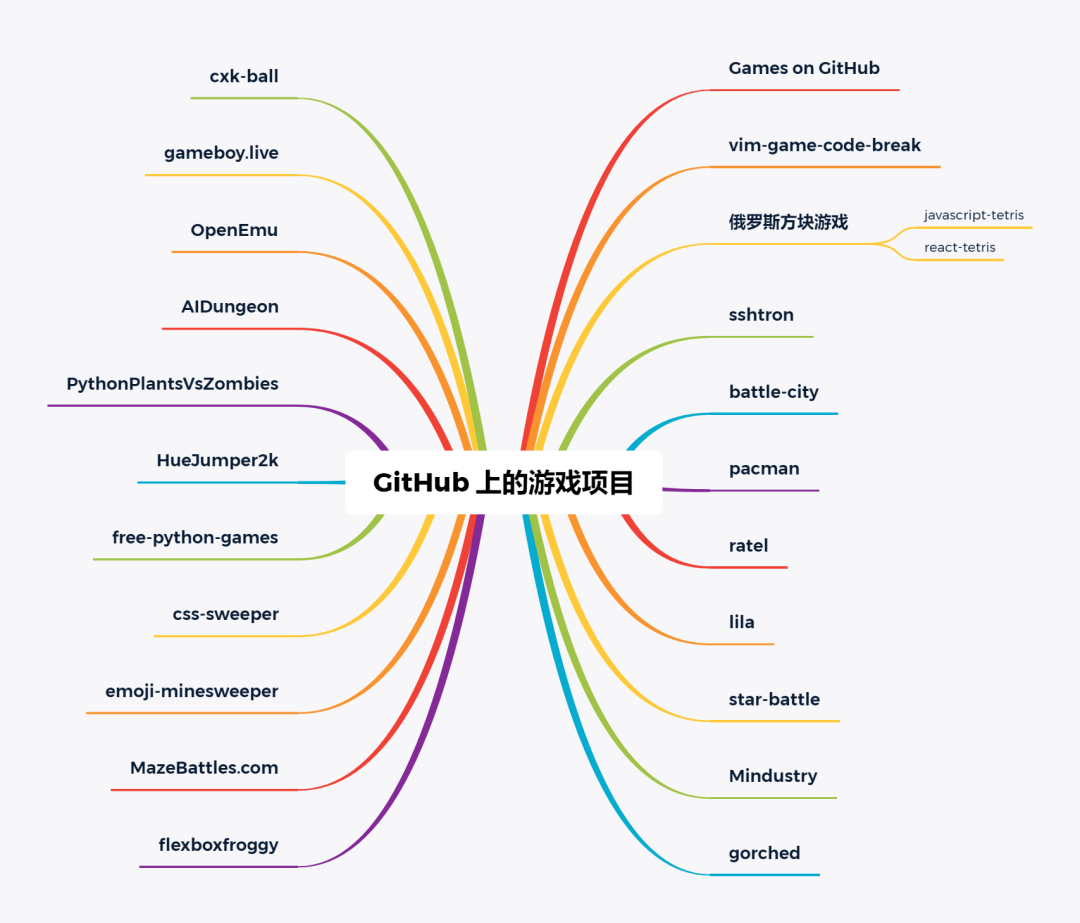你知道苹果与示例代码CameraRipple影响? 嗯,我要记录在一个文件中的摄像机输出的openGL做的所有水凉后效果。
我已经与glReadPixels,在那里我阅读所有的像素在一个void *缓冲区,创建CVPixelBufferRef并追加到AVAssetWriterInputPixelBufferAdaptor做到了,但它的速度太慢,怎么readPixels需要的时间吨。 我发现,使用FBO和纹理现金,你可以这样做,但速度更快。 下面是我在drawInRect方法,苹果使用的代码:
CVReturn err = CVOpenGLESTextureCacheCreate(kCFAllocatorDefault, NULL, (__bridge void *)_context, NULL, &coreVideoTextureCashe);
if (err)
{
NSAssert(NO, @"Error at CVOpenGLESTextureCacheCreate %d");
}
CFDictionaryRef empty; // empty value for attr value.
CFMutableDictionaryRef attrs2;
empty = CFDictionaryCreate(kCFAllocatorDefault, // our empty IOSurface properties dictionary
NULL,
NULL,
0,
&kCFTypeDictionaryKeyCallBacks,
&kCFTypeDictionaryValueCallBacks);
attrs2 = CFDictionaryCreateMutable(kCFAllocatorDefault,
1,
&kCFTypeDictionaryKeyCallBacks,
&kCFTypeDictionaryValueCallBacks);
CFDictionarySetValue(attrs2,
kCVPixelBufferIOSurfacePropertiesKey,
empty);
//CVPixelBufferPoolCreatePixelBuffer (NULL, [assetWriterPixelBufferInput pixelBufferPool], &renderTarget);
CVPixelBufferRef pixiel_bufer4e = NULL;
CVPixelBufferCreate(kCFAllocatorDefault,
(int)_screenWidth,
(int)_screenHeight,
kCVPixelFormatType_32BGRA,
attrs2,
&pixiel_bufer4e);
CVOpenGLESTextureRef renderTexture;
CVOpenGLESTextureCacheCreateTextureFromImage (kCFAllocatorDefault,
coreVideoTextureCashe, pixiel_bufer4e,
NULL, // texture attributes
GL_TEXTURE_2D,
GL_RGBA, // opengl format
(int)_screenWidth,
(int)_screenHeight,
GL_BGRA, // native iOS format
GL_UNSIGNED_BYTE,
0,
&renderTexture);
CFRelease(attrs2);
CFRelease(empty);
glBindTexture(CVOpenGLESTextureGetTarget(renderTexture), CVOpenGLESTextureGetName(renderTexture));
glTexParameterf(GL_TEXTURE_2D, GL_TEXTURE_WRAP_S, GL_CLAMP_TO_EDGE);
glTexParameterf(GL_TEXTURE_2D, GL_TEXTURE_WRAP_T, GL_CLAMP_TO_EDGE);
glFramebufferTexture2D(GL_FRAMEBUFFER, GL_COLOR_ATTACHMENT0, GL_TEXTURE_2D, CVOpenGLESTextureGetName(renderTexture), 0);
CVPixelBufferLockBaseAddress(pixiel_bufer4e, 0);
if([pixelAdapter appendPixelBuffer:pixiel_bufer4e withPresentationTime:currentTime]) {
float result = currentTime.value;
NSLog(@"\n\n\4eta danni i current time e : %f \n\n",result);
currentTime = CMTimeAdd(currentTime, frameLength);
}
CVPixelBufferUnlockBaseAddress(pixiel_bufer4e, 0);
CVPixelBufferRelease(pixiel_bufer4e);
CFRelease(renderTexture);
CFRelease(coreVideoTextureCashe);
它记录了一个视频,这是相当快的,但该视频只是黑我觉得textureCasheRef是不正确的还是我填写错了。
作为一个更新,这里是另一种方式我试过。 我肯定错过了什么。 在viewDidLoad中,之后我设置的OpenGL上下文我这样做:
CVOpenGLESTextureCacheCreate(kCFAllocatorDefault, NULL, (__bridge void *)_context, NULL, &coreVideoTextureCashe);
if (err)
{
NSAssert(NO, @"Error at CVOpenGLESTextureCacheCreate %d");
}
//creats the pixel buffer
pixel_buffer = NULL;
CVPixelBufferPoolCreatePixelBuffer (NULL, [pixelAdapter pixelBufferPool], &pixel_buffer);
CVOpenGLESTextureRef renderTexture;
CVOpenGLESTextureCacheCreateTextureFromImage (kCFAllocatorDefault, coreVideoTextureCashe, pixel_buffer,
NULL, // texture attributes
GL_TEXTURE_2D,
GL_RGBA, // opengl format
(int)screenWidth,
(int)screenHeight,
GL_BGRA, // native iOS format
GL_UNSIGNED_BYTE,
0,
&renderTexture);
glBindTexture(CVOpenGLESTextureGetTarget(renderTexture), CVOpenGLESTextureGetName(renderTexture));
glTexParameterf(GL_TEXTURE_2D, GL_TEXTURE_WRAP_S, GL_CLAMP_TO_EDGE);
glTexParameterf(GL_TEXTURE_2D, GL_TEXTURE_WRAP_T, GL_CLAMP_TO_EDGE);
glFramebufferTexture2D(GL_FRAMEBUFFER, GL_COLOR_ATTACHMENT0, GL_TEXTURE_2D, CVOpenGLESTextureGetName(renderTexture), 0);
然后在drawInRect:我这样做:
if(isRecording&&writerInput.readyForMoreMediaData) {
CVPixelBufferLockBaseAddress(pixel_buffer, 0);
if([pixelAdapter appendPixelBuffer:pixel_buffer withPresentationTime:currentTime]) {
currentTime = CMTimeAdd(currentTime, frameLength);
}
CVPixelBufferLockBaseAddress(pixel_buffer, 0);
CVPixelBufferRelease(pixel_buffer);
}
然而,它在渲染纹理,这是不为零,但0x000000001 bad_acsess崩溃。
UPDATE
用下面的代码其实我设法拉动视频文件,但也有一些绿色和红色闪烁。 我用BGRA pixelFormatType。
在这里,我创建了纹理缓存:
CVReturn err2 = CVOpenGLESTextureCacheCreate(kCFAllocatorDefault, NULL, (__bridge void *)_context, NULL, &coreVideoTextureCashe);
if (err2)
{
NSLog(@"Error at CVOpenGLESTextureCacheCreate %d", err);
return;
}
然后在drawInRect我称之为:
if(isRecording&&writerInput.readyForMoreMediaData) {
[self cleanUpTextures];
CFDictionaryRef empty; // empty value for attr value.
CFMutableDictionaryRef attrs2;
empty = CFDictionaryCreate(kCFAllocatorDefault, // our empty IOSurface properties dictionary
NULL,
NULL,
0,
&kCFTypeDictionaryKeyCallBacks,
&kCFTypeDictionaryValueCallBacks);
attrs2 = CFDictionaryCreateMutable(kCFAllocatorDefault,
1,
&kCFTypeDictionaryKeyCallBacks,
&kCFTypeDictionaryValueCallBacks);
CFDictionarySetValue(attrs2,
kCVPixelBufferIOSurfacePropertiesKey,
empty);
//CVPixelBufferPoolCreatePixelBuffer (NULL, [assetWriterPixelBufferInput pixelBufferPool], &renderTarget);
CVPixelBufferRef pixiel_bufer4e = NULL;
CVPixelBufferCreate(kCFAllocatorDefault,
(int)_screenWidth,
(int)_screenHeight,
kCVPixelFormatType_32BGRA,
attrs2,
&pixiel_bufer4e);
CVOpenGLESTextureRef renderTexture;
CVOpenGLESTextureCacheCreateTextureFromImage (kCFAllocatorDefault,
coreVideoTextureCashe, pixiel_bufer4e,
NULL, // texture attributes
GL_TEXTURE_2D,
GL_RGBA, // opengl format
(int)_screenWidth,
(int)_screenHeight,
GL_BGRA, // native iOS format
GL_UNSIGNED_BYTE,
0,
&renderTexture);
CFRelease(attrs2);
CFRelease(empty);
glBindTexture(CVOpenGLESTextureGetTarget(renderTexture), CVOpenGLESTextureGetName(renderTexture));
glTexParameterf(GL_TEXTURE_2D, GL_TEXTURE_WRAP_S, GL_CLAMP_TO_EDGE);
glTexParameterf(GL_TEXTURE_2D, GL_TEXTURE_WRAP_T, GL_CLAMP_TO_EDGE);
glFramebufferTexture2D(GL_FRAMEBUFFER, GL_COLOR_ATTACHMENT0, GL_TEXTURE_2D, CVOpenGLESTextureGetName(renderTexture), 0);
CVPixelBufferLockBaseAddress(pixiel_bufer4e, 0);
if([pixelAdapter appendPixelBuffer:pixiel_bufer4e withPresentationTime:currentTime]) {
float result = currentTime.value;
NSLog(@"\n\n\4eta danni i current time e : %f \n\n",result);
currentTime = CMTimeAdd(currentTime, frameLength);
}
CVPixelBufferUnlockBaseAddress(pixiel_bufer4e, 0);
CVPixelBufferRelease(pixiel_bufer4e);
CFRelease(renderTexture);
// CFRelease(coreVideoTextureCashe);
}
我知道我可以在这里没有做所有这些事情这优化了很多,但我用想让它工作。 在cleanUpTextures我冲洗textureCache有:
CVOpenGLESTextureCacheFlush(coreVideoTextureCashe, 0);
东西可能是错误的RGBA东西,或者我不知道,但它似乎仍然得到一种错误的高速缓存。

